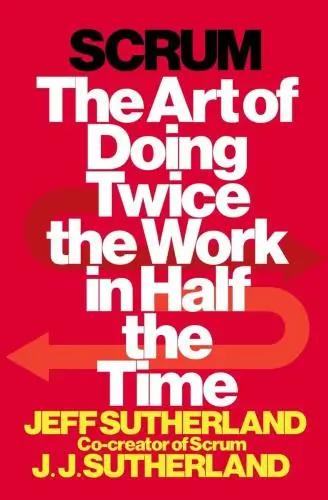
Scrum
The Art of Doing Twice the Work in Half the Time
What is Scrum about?
Scrum by Jeff Sutherland dives into the innovative framework of Scrum, a game-changing approach to project management that revolutionizes productivity and teamwork. Sutherland, a co-creator of Scrum, shares insights and strategies for implementing this agile methodology to achieve remarkable results in any project. Through real-world examples, the book demonstrates how Scrum can facilitate faster delivery, significant quality improvements, and higher customer satisfaction, making it an essential read for leaders and team members aiming to excel in today's dynamic work environment.
About the Author
Jeff Sutherland, a pioneering force behind the agile software development movement, co-created the Scrum framework, revolutionizing the way teams tackle complex projects. Known for his pragmatic approach to problem-solving, Sutherland's seminal book, "Scrum: The Art of Doing Twice the Work in Half the Time," distills his insights into an accessible manual for enhancing productivity and efficiency. Through compelling narratives and real-world examples, he champions adaptability, teamwork, and rapid iteration, offering readers a masterclass in navigating the challenges of modern work with grace and agility.
10 Key Ideas of Scrum
Embrace Small, Cross-Functional Teams for Enhanced Collaboration and Efficiency
Small, cross-functional teams are fundamental in Scrum to streamline processes and foster a collaborative environment. These teams, typically consisting of 5-9 members, bring together diverse skills necessary for completing a project from start to finish without depending on external departments. This setup enhances communication, reduces bottlenecks, and accelerates decision-making, as team members with different expertise work closely together, share insights, and solve problems in real-time. The direct interaction within the team eliminates silos, encourages accountability, and ensures that everyone is aligned with the project's goals, leading to more efficient and effective project completion.
Learn DeeperForm Your Own Cross-Functional Team: If you're embarking on a project, aim to assemble a small team of 5-9 people from different departments or areas of expertise. This could mean combining skills from marketing, development, design, and customer service to ensure all bases are covered.
Hold Regular Stand-Up Meetings: Implement daily or weekly stand-up meetings where each team member briefly updates the group on their progress, challenges, and next steps. This keeps everyone informed and fosters a culture of open communication and collaboration.
Encourage Skill Sharing and Learning: Organize regular skill-sharing sessions within your team. This could be as simple as a team member giving a short presentation on a particular area of their expertise. It's a great way to build a more versatile and adaptable team.
Utilize Collaboration Tools: Make use of digital collaboration tools like Slack, Trello, or Asana to keep communication fluid and projects on track. These tools can help in managing tasks, sharing documents, and keeping everyone aligned with the project goals.
- Example
A software development company forms a project team including a developer, a designer, a product manager, and a quality assurance tester. Together, they handle all aspects of developing a new app, from initial concept to launch, without needing to constantly reach out to other departments for input or approval.
- Example
A small business launching a new product line creates a cross-functional team consisting of members from marketing, sales, product design, and customer support. This team collaborates closely to ensure the product is well-designed, effectively marketed, and supported by excellent customer service.
Implement Time-Boxed Sprints to Drive Focus and Productivity
Time-boxed sprints, usually lasting one to four weeks, are at the heart of the Scrum methodology. They create a framework for delivering features in small, manageable increments, allowing teams to focus on specific tasks within a defined timeframe. This approach not only prioritizes work that delivers the most value but also facilitates regular progress assessment and adjustments. By working in sprints, teams can maintain a steady pace of work, reduce the risk of burnout, and ensure continuous improvement through reflection and adaptation at the end of each sprint. The time-boxed nature of sprints fosters a sense of urgency, encouraging teams to work efficiently and effectively towards their goals.
Learn DeeperSet Clear Sprint Goals: Before starting a sprint, gather your team to define clear, achievable goals. This ensures everyone is aligned and knows what they're working towards.
Choose a Fixed Duration: Decide on a sprint duration that suits your team's pace—usually between one to four weeks. Stick to this timeframe to maintain consistency and predictability.
Plan Tasks Wisely: Break down the project into smaller tasks that can be completed within the sprint. Prioritize tasks based on their value and urgency to ensure the most critical work gets done first.
Hold Daily Stand-ups: Have short daily meetings to discuss progress, address any blockers, and adjust plans as necessary. This keeps the team focused and agile.
Review and Reflect: At the end of each sprint, review the work completed and discuss what went well and what could be improved. Use these insights to make the next sprint even more effective.
- Example
A software development team uses two-week sprints to develop a new feature for their app. They start with a planning meeting to decide which tasks are most crucial, then work on those tasks over the next two weeks. Daily stand-up meetings help them stay on track, and a review at the end helps them learn from their experiences.
- Example
A marketing team adopts one-week sprints to prepare for an upcoming product launch. They prioritize tasks such as creating promotional materials and setting up online ads. Regular check-ins ensure they're making progress, and the end-of-sprint review allows them to adjust their strategy for the next week.
Utilize Daily Stand-Up Meetings to Enhance Team Communication and Alignment
Daily stand-up meetings, lasting no more than 15 minutes, are a crucial communication tool in Scrum. During these meetings, each team member briefly discusses what they did the previous day, what they plan to do today, and any obstacles they're facing. This practice ensures that everyone is aware of the project's progress and challenges, facilitating early detection and resolution of issues. It promotes transparency, keeps the team aligned on priorities, and enables members to offer help or adjust plans as needed. Regular, focused communication through daily stand-ups minimizes misunderstandings and keeps the team moving forward cohesively.
Learn DeeperSchedule a fixed time for daily stand-ups: Choose a time that works for everyone on the team. This consistency helps in building a routine and ensures higher participation.
Keep it short and focused: Enforce the 15-minute time limit strictly. Encourage team members to be concise in their updates, focusing on what they accomplished yesterday, what's on the agenda today, and any blockers they're facing.
Prepare in advance: Ask team members to come prepared with their updates. This preparation makes the meeting more efficient and productive.
Address blockers after the meeting: If a team member reports a blocker, note it down but save the discussion for after the meeting. This keeps the stand-up brief and allows for detailed problem-solving later.
Rotate the facilitator role: To keep the meetings dynamic and engage different perspectives, rotate the role of the meeting facilitator among team members.
- Example
A software development team uses their daily stand-up to quickly align on the day's priorities. One developer mentions they're blocked by a bug in the code. After the meeting, a senior developer pairs up with them to tackle the issue, ensuring it doesn't delay the project.
- Example
A marketing team holds their stand-up at 9:30 AM every day. Today, one team member shares they completed a draft of the upcoming campaign's press release and plans to work on social media posts. Another member, realizing the overlap, suggests collaborating to ensure consistent messaging across platforms.
Adopt an Iterative Approach to Product Development for Continuous Improvement
Scrum's iterative approach to product development allows teams to build, test, and refine their products in cycles, incorporating feedback and lessons learned into each iteration. This method contrasts with traditional linear approaches, enabling teams to adapt to changes quickly and efficiently. By breaking down the project into smaller, manageable parts, teams can focus on high-quality development, testing, and collaboration. Iterative development encourages experimentation, learning from failures, and leveraging successes, thus continuously improving the product and process over time. This adaptability is key to meeting customer needs and staying competitive in fast-changing markets.
Learn DeeperStart Small: Break down your big project into smaller, manageable tasks. This makes it easier to start and maintain momentum.
Embrace Feedback: Regularly seek feedback from users, team members, and stakeholders. Use this feedback to make informed adjustments to your product or process.
Iterate Quickly: Don’t wait for perfection. Release a basic version of your product or feature, then improve it over time through iterative cycles.
Learn from Each Cycle: After each iteration, conduct a review session to discuss what worked, what didn’t, and how the process can be improved for the next cycle.
Stay Flexible: Be prepared to pivot or make changes based on new information, feedback, or changes in the market.
- Example
A software development team releases a new app feature in a basic form. They collect user feedback, identify issues, and release updates in quick succession, each time improving based on user responses.
- Example
A marketing team working on a campaign breaks the project into phases. After each phase, they analyze the results and feedback, adjusting their strategy and tactics before moving on to the next phase.
Deeper knowledge. Personal growth. Unlocked.
Unlock this book's key ideas and 100+ more. Learn with quick, impactful summaries.
Read Full SummarySign up and read for free!
Scrum Summary: Common Questions
Experience Personalized Book Summaries, Today!
Discover a new way to gain knowledge, and save time.
Sign up for our 7-day trial now.
No Credit Card Needed

Similar Books
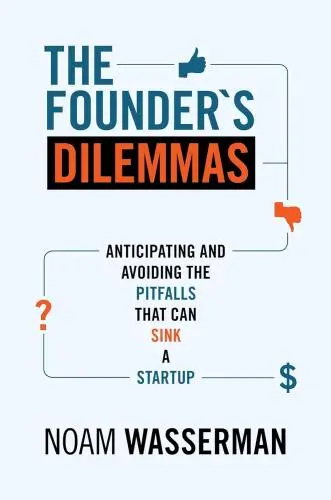
The Founder's Dilemmas
Noam Wasserman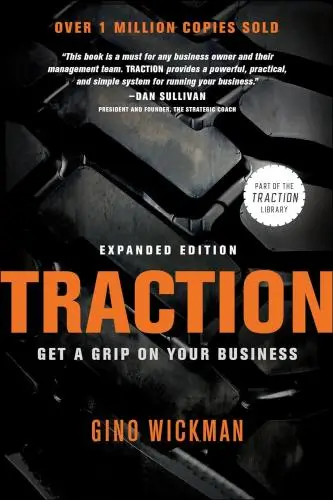
Traction
Gino Wickman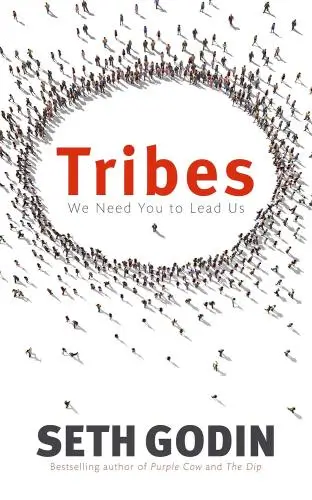
Tribes
Seth Godin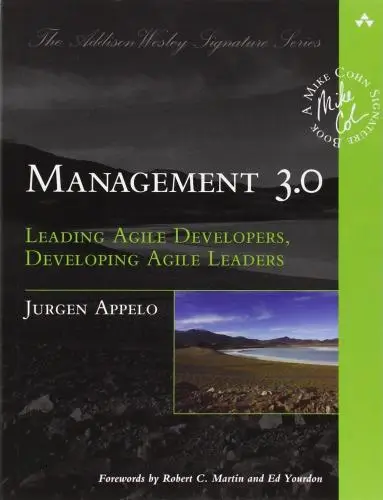
Management 3.0
Jurgen Appelo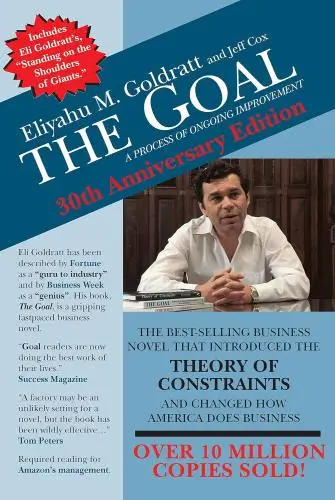
The Goal
Eliyahu M Goldratt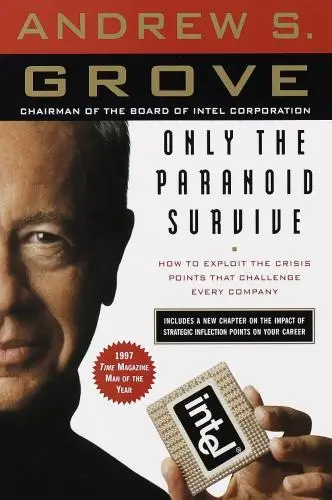
Only the Paranoid Survive
Andrew S. Grove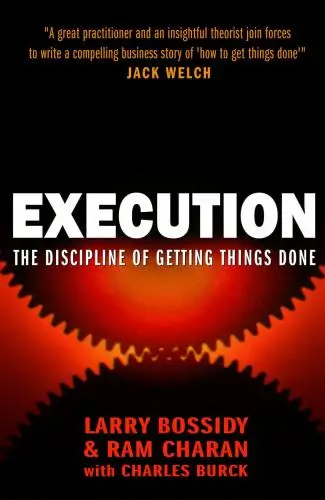
Execution
Larry Bossidy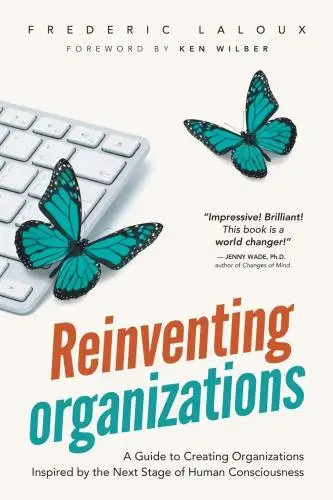
Reinventing Organizations
Frederic Laloux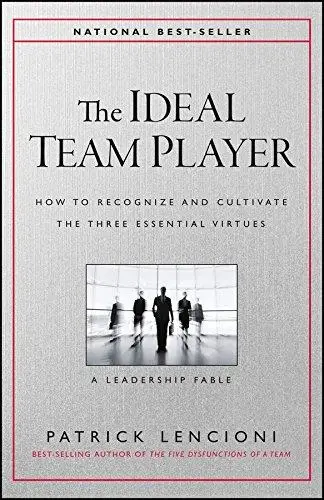
The Ideal Team Player
Patrick M. Lencioni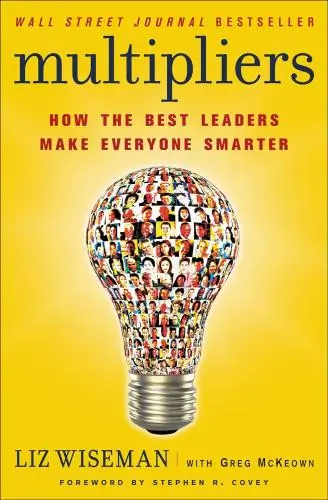
Multipliers
Liz Wiseman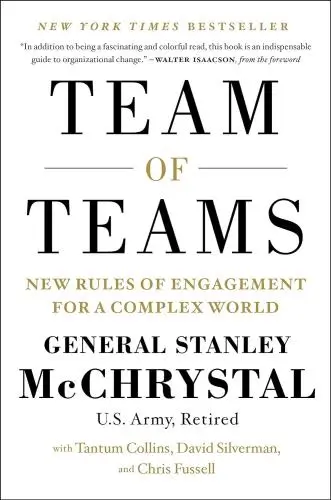
Team of Teams
General Stanley McChrystal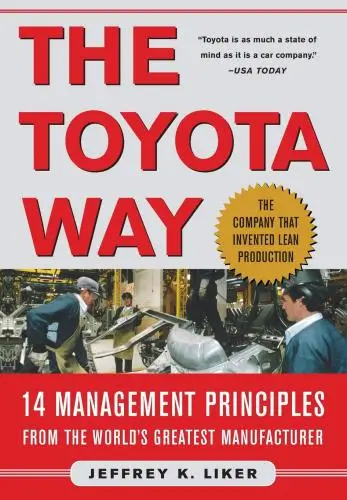
The Toyota Way
Jeffrey LikerTrending Summaries

Peak
Anders Ericsson
Never Split the Difference
Chris Voss
Smart Brevity
Jim VandeHei
The Psychology of Money
Morgan Housel
The First 90 Days
Michael D. Watkins
Atomic Habits
James Clear
Thinking, Fast and Slow
Daniel Kahneman
The Body Keeps the Score
Bessel van der Kolk M.D.
The Power of Regret
Daniel H. Pink
The Compound Effect
Darren Hardy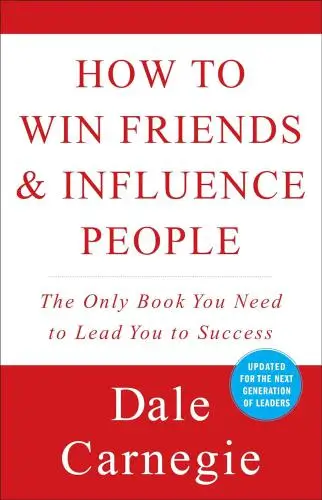
How to Win Friends & Influence People
Dale Carnegie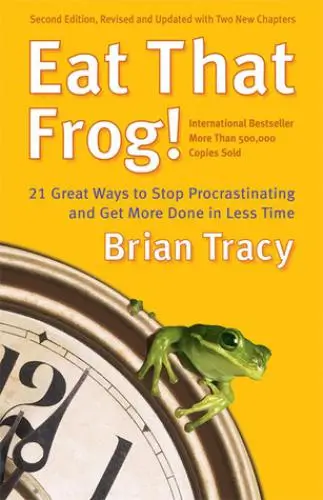
Eat That Frog!
Brian Tracy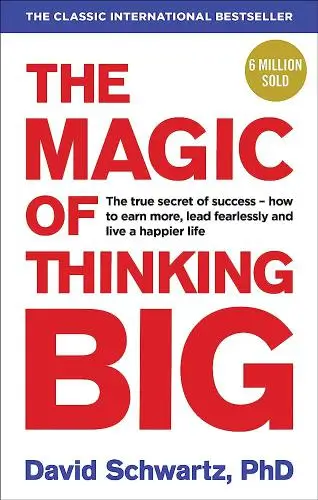
The Magic of Thinking Big
David J. Schwartz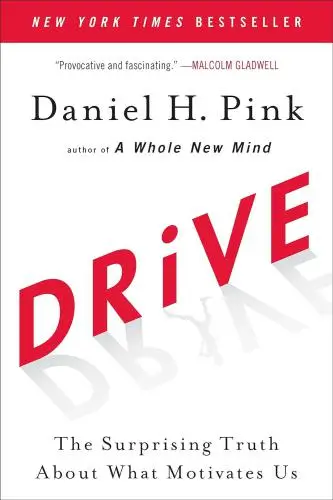
Drive
Daniel H. Pink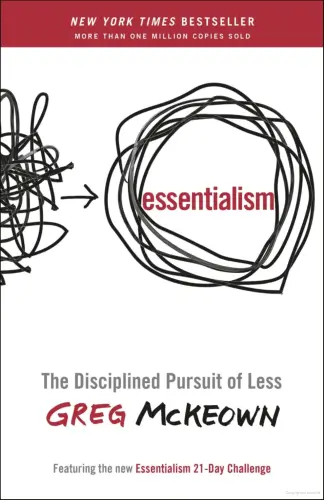
Essentialism
Greg McKeownNew Books

The Millionaire Fastlane
MJ DeMarco
Losing My Virginity
Richard Branson
Venture Deals
Brad Feld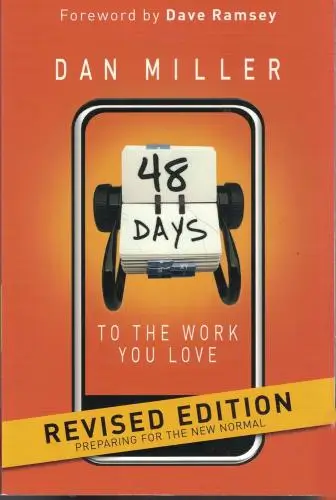
48 Days to the Work You Love
Dan Miller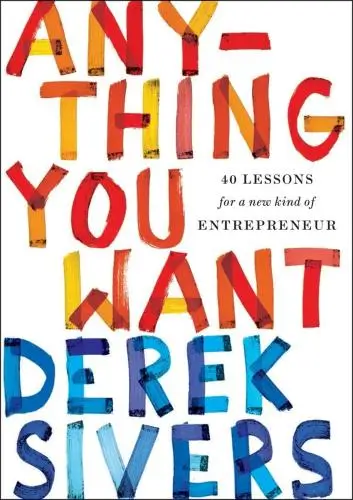
Anything You Want
Derek Sivers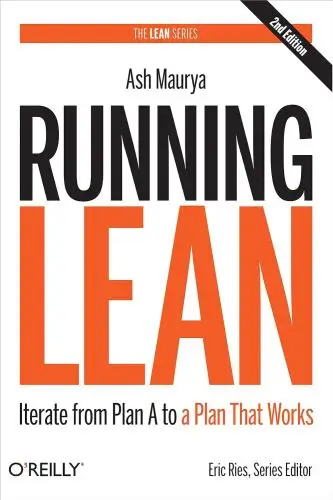
Running Lean
Ash Maurya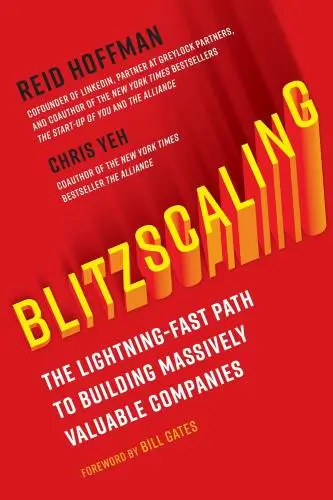
Blitzscaling
Reid Hoffman
The Founder's Dilemmas
Noam Wasserman
Founders at Work
Jessica Livingston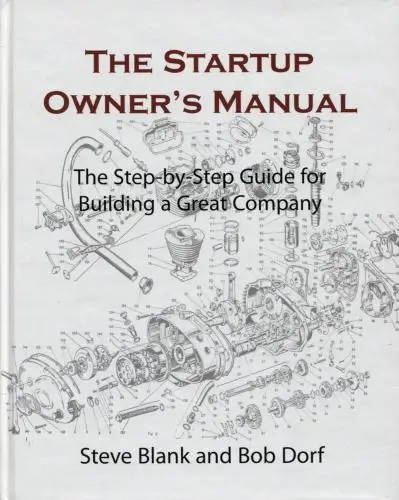
The Startup Owner's Manual
Steve Blank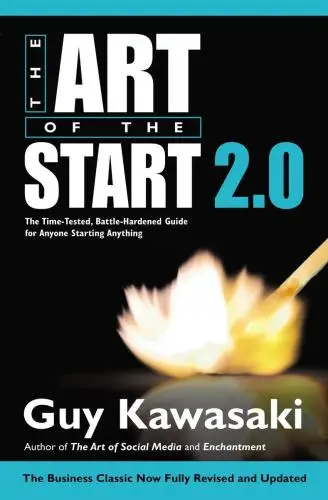
The Art of the Start 2.0
Guy Kawasaki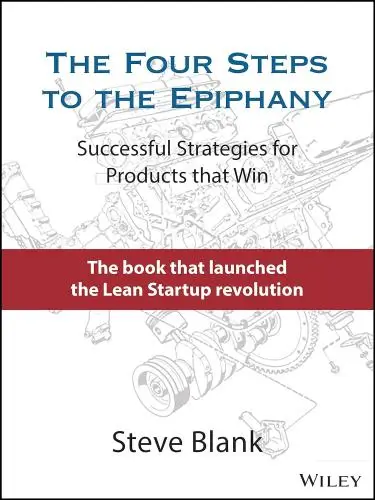
The Four Steps to the Epiphany
Steve Blank
Flash Boys
Michael Lewis
Crush It!
Gary Vaynerchuk
